The Iconic 1969 Chevrolet Camaro: America’s Muscle Car Legend
The 1969 Chevrolet Camaro is an automotive icon symbolic of the golden age of American muscle cars. With its aggressive styling, rumbling V8 engine, and roots in motorsport, the 1969 Camaro coupe encapsulates the raw power and excitement that muscle cars embodied.
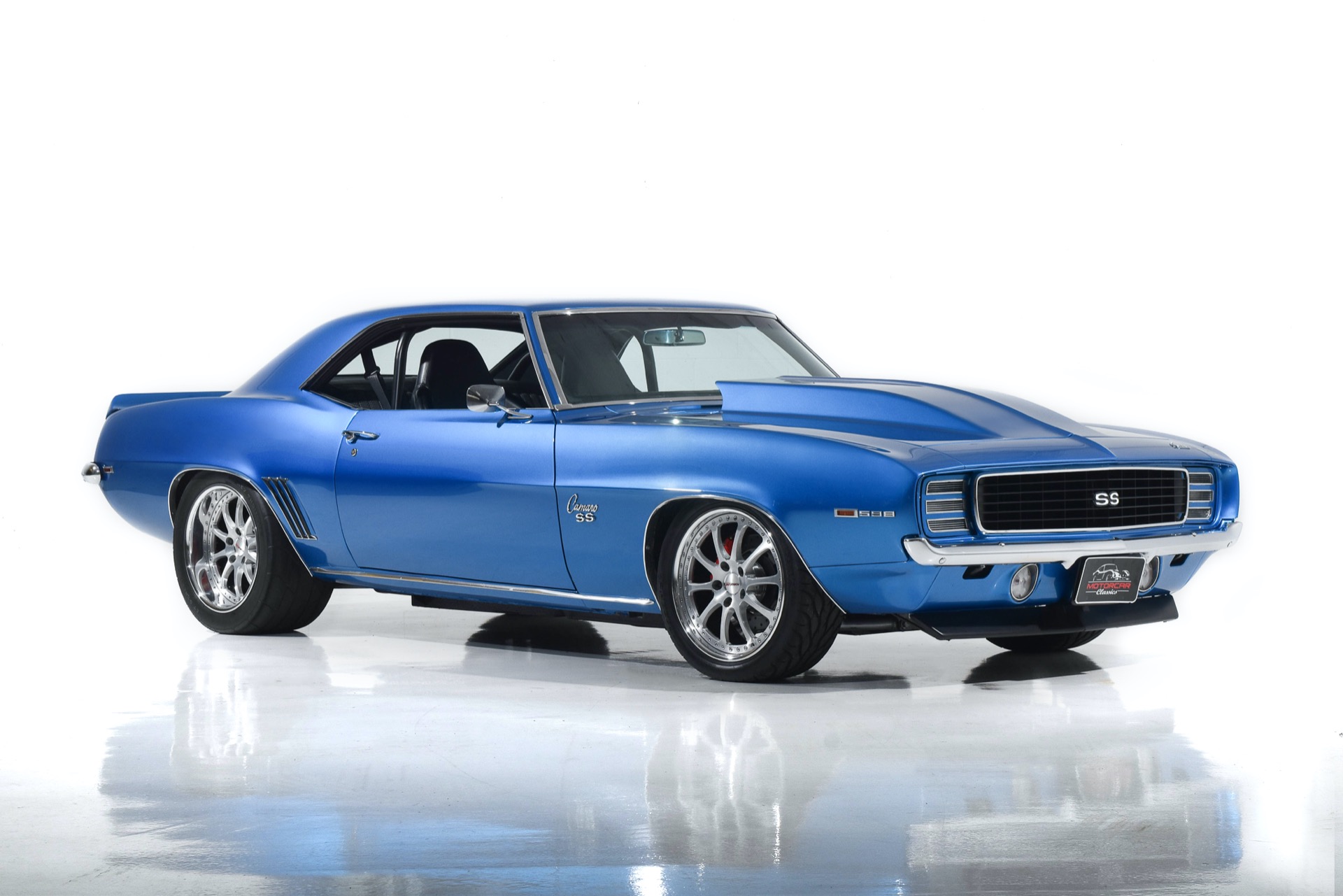
Overview of the 1969 Camaro
The first-generation Chevrolet Camaro was produced from 1967 to 1969. For the 1969 model year, Chevrolet gave the Camaro a thorough facelift with a more angular and aggressive design. Some key features of the 1969 Camaro include:
- Body Style: Two-door coupe
- Engine: Available V8 options up to a powerful 598 cubic inch (7.5L) 750HP engine
- Transmission: 4-speed manual or 3-speed automatic
- Mileage: Low miles with 4,015 miles on this example
- Exterior Color: Striking PPG Blue Wave
- Interior Color: Black vinyl bucket seats
- Stock Number: 1590
With a curb weight of just 3,465 pounds, the 1969 Camaro had a power-to-weight ratio that allowed for incredible straight-line performance. Even the base V8 engine made 295 horsepower, with the top SS models pushing out 450HP in the Camaro ZL1.
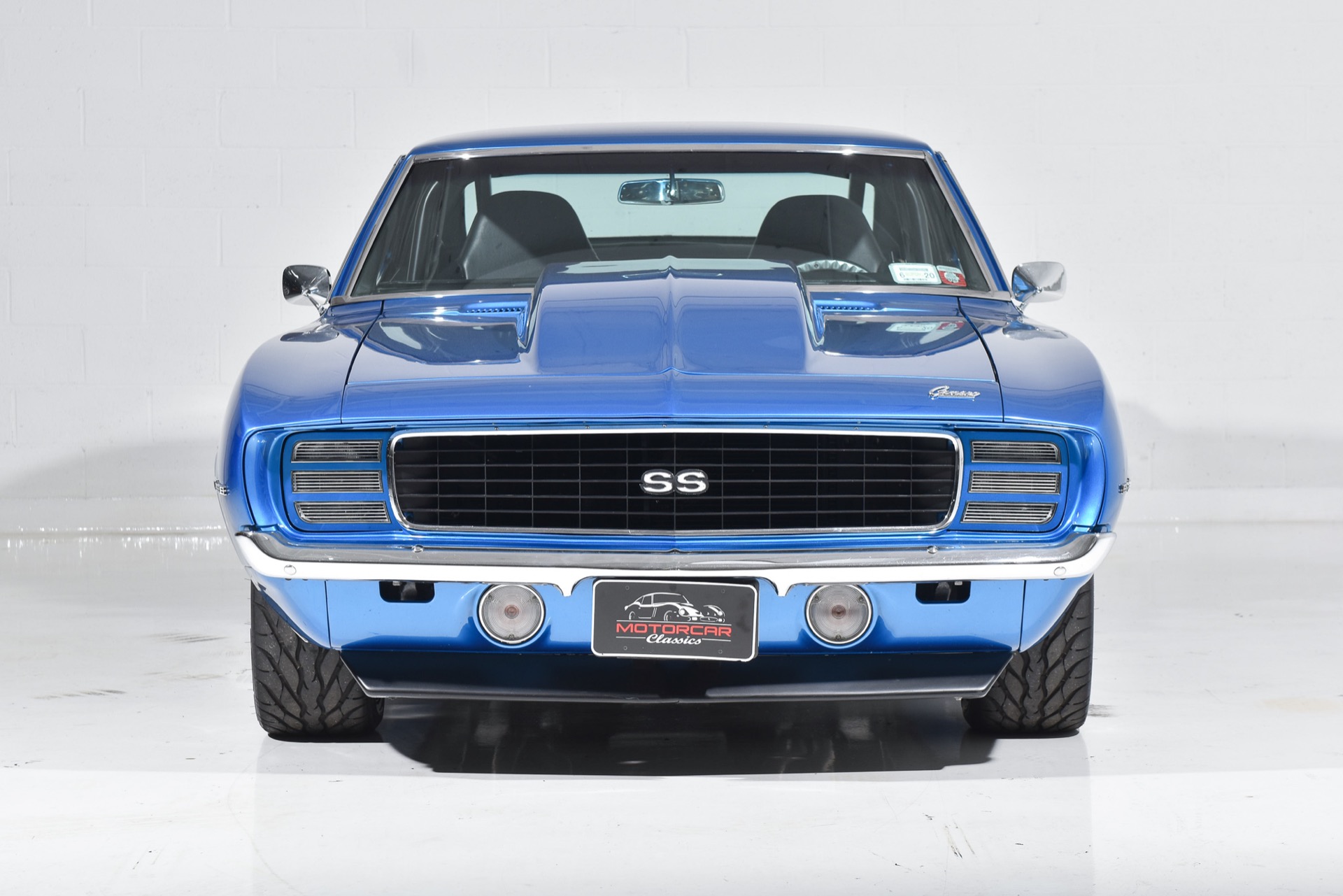
Muscle Car Styling Cues
The 1969 Camaro’s styling embraces the essence of a classic American muscle car. Design cues that back up its muscular attitude include:
- Coke bottle styling with curvy fenders and a pinched waist
- Aggressive front end with a split grille and quad round headlights
- Long hood and short rear deck proportions
- Functional hood scoops to feed air to the engine
- Optional rear spoiler for downforce at speed
The 1969 Camaro conveys a bold, in-your-face presence that commands attention on the street or track. The bodywork wraps tautly around the chassis, ready to pounce.
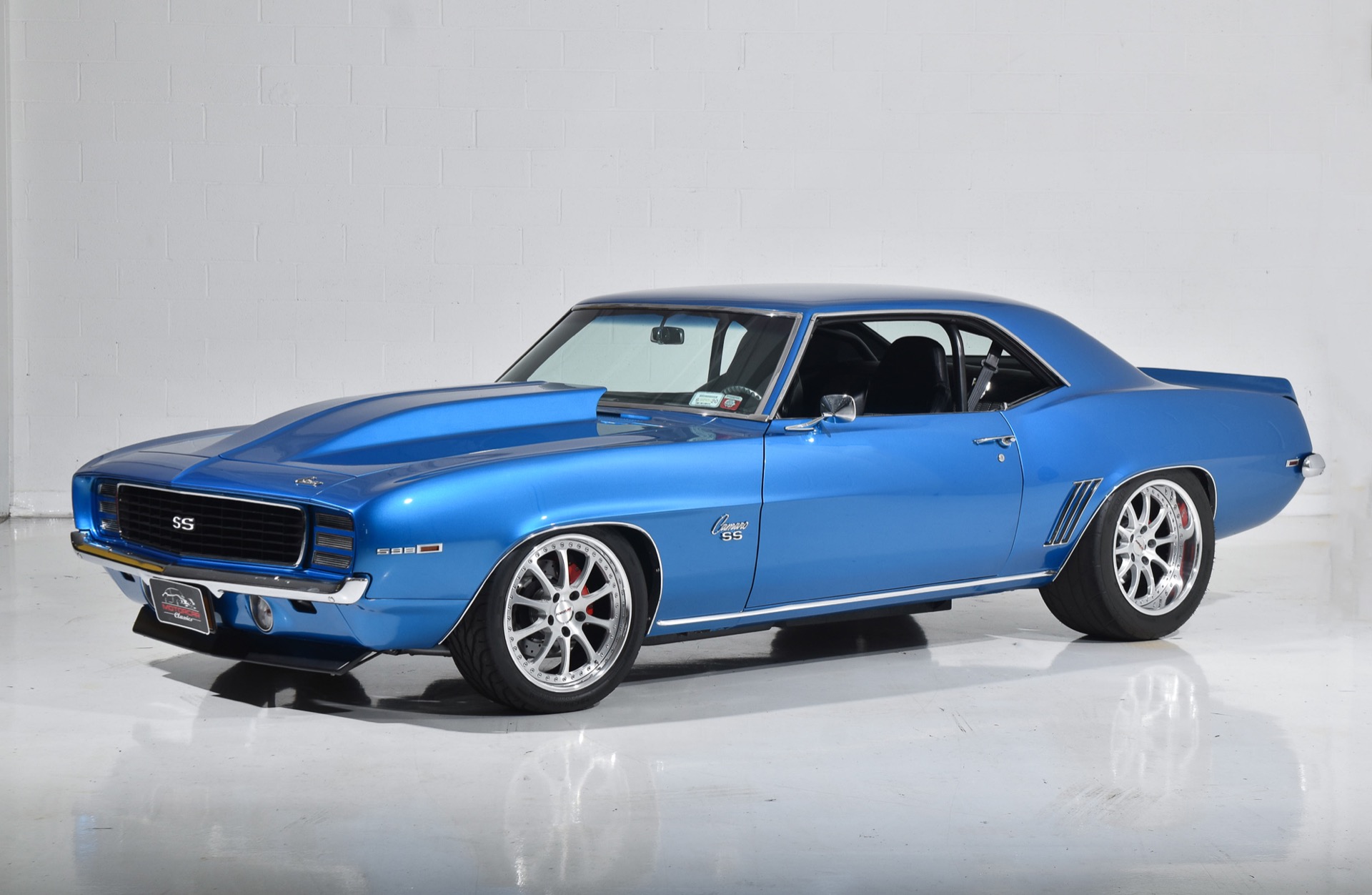
Engaging Handling and Performance
In addition to straight-line speed, the 1969 Camaro was highly competent around corners. For the time, it had quite nimble and balanced handling. Elements that contributed to its engaging dynamics include:
- Short wheelbase for responsive turn-in
- Front double wishbone and rear leaf spring suspension
- Quick variable-ratio steering
- Wide stance and grippy tires
- Low center of gravity
The powerful V8 up front provided plenty of motivation. Available 4-wheel disc brakes offered confident stopping power. With precise handling to match the potent acceleration, the 1969 Camaro was a force to be reckoned with.
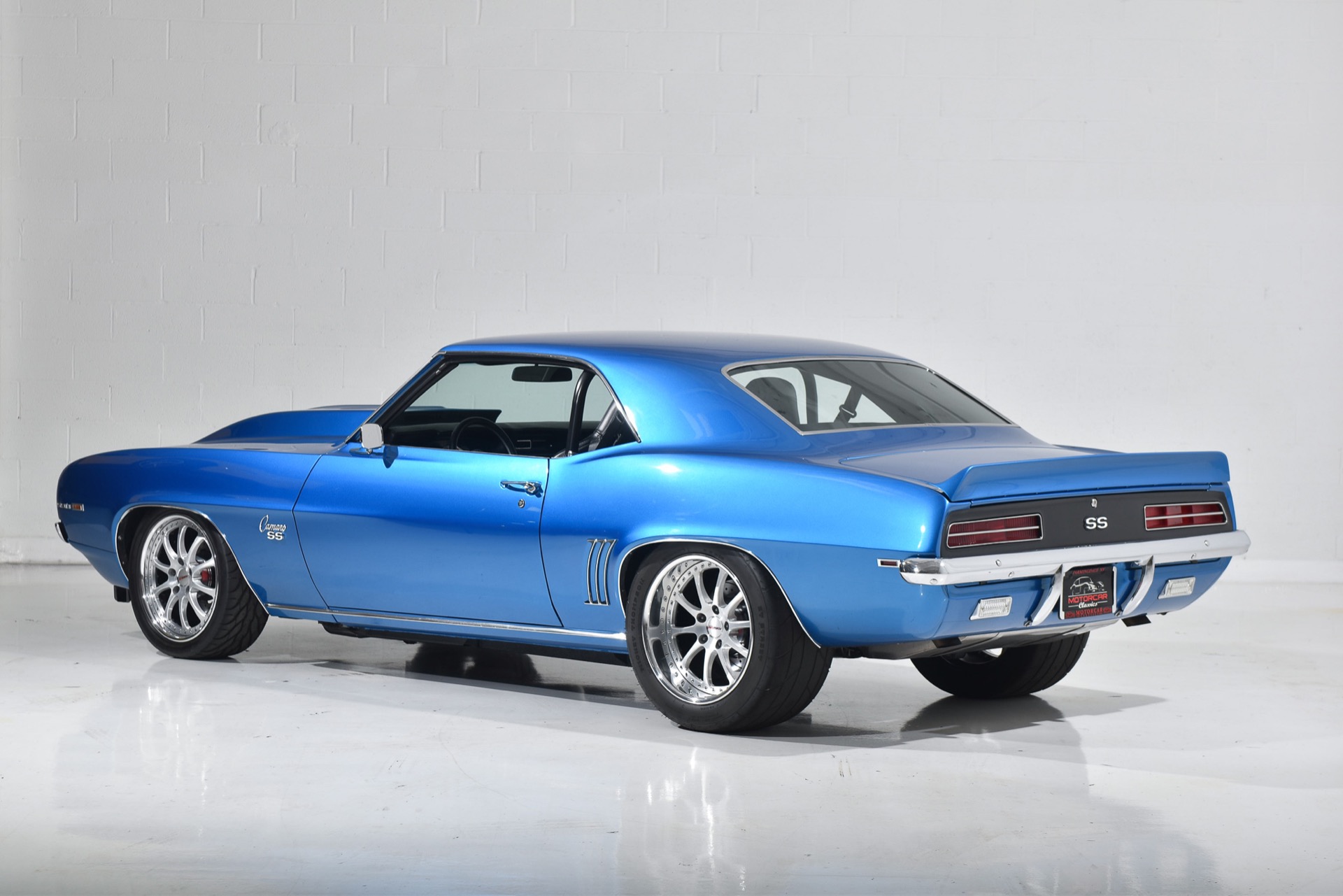
Interior Built for Driving
The 1969 Camaro’s interior focused on the essentials to allow the driver to concentrate on the thrill of high-performance motoring. Interior features include:
- Driver-oriented cockpit with controls in easy reach
- Wraparound dashboard with round gauges
- Bucket front seats with additional bolstering
- Floor-mounted shifter for the manual transmission
- Minimal sound insulation for mechanical sensations
- Vinyl and cloth upholstery
Everything in the driver’s immediate vicinity was designed for quick access and feedback. Form followed function inside the cockpit of the 1969 Camaro.
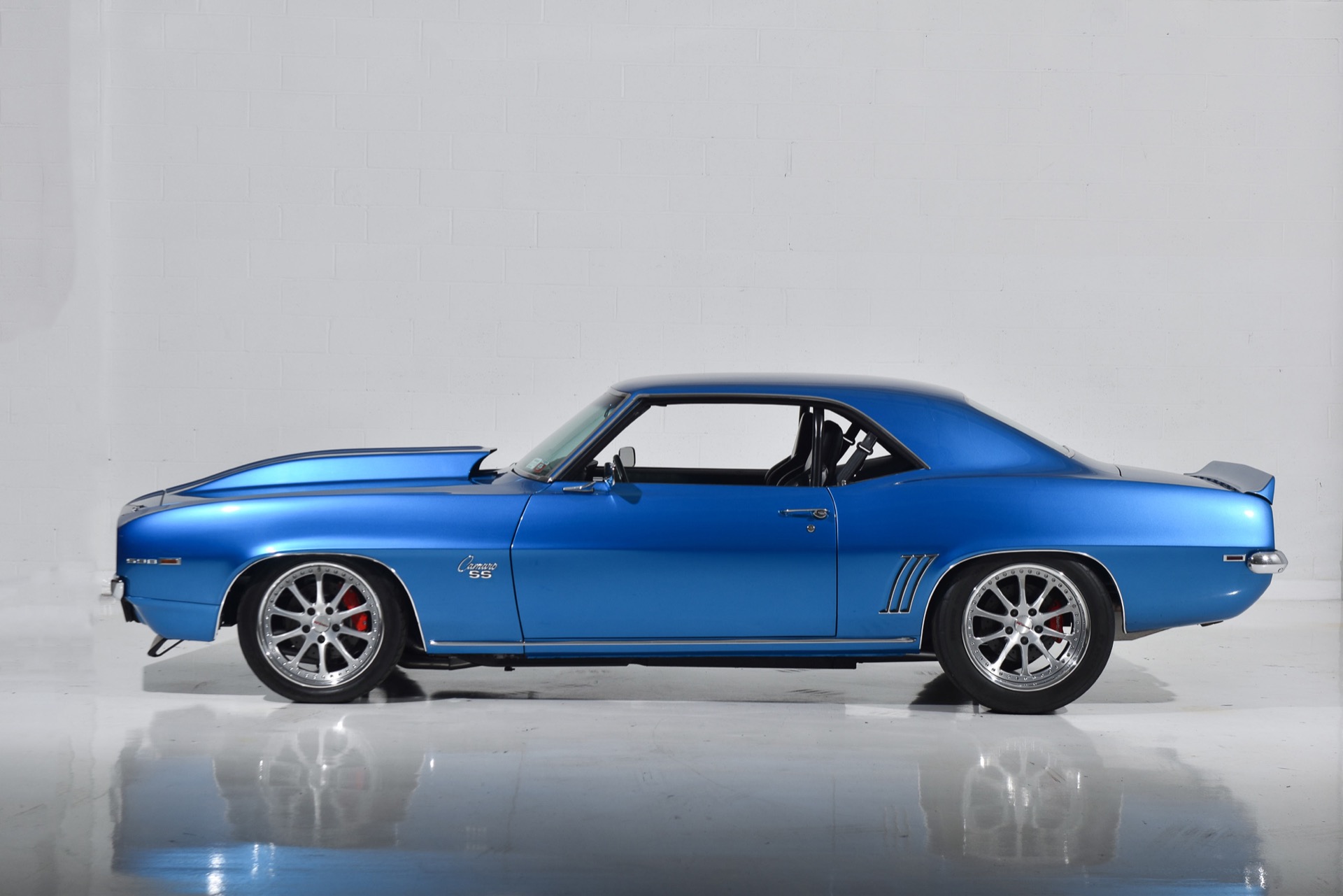
Cultural Significance and Racing Heritage
The 1969 Camaro was far more than just a car – it became an icon of American automotive culture. Owners took pride in the rebellious, anti-establishment spirit the Camaro represented. Its motorsport successes also contributed to its legendary status:
- Won the Trans Am championship in 1968 and 1969
- Earned many drag racing records and championships
- Appeared in movies, TV shows, music videos, and other media
- Inspired many scale model kits and children’s toys
- Remains one of the most collectible classic cars today
Even for those who never owned a 1969 Camaro, it holds a special place in the hearts of auto enthusiasts everywhere. The ’69 Camaro captured the emotions of an era like few other cars.
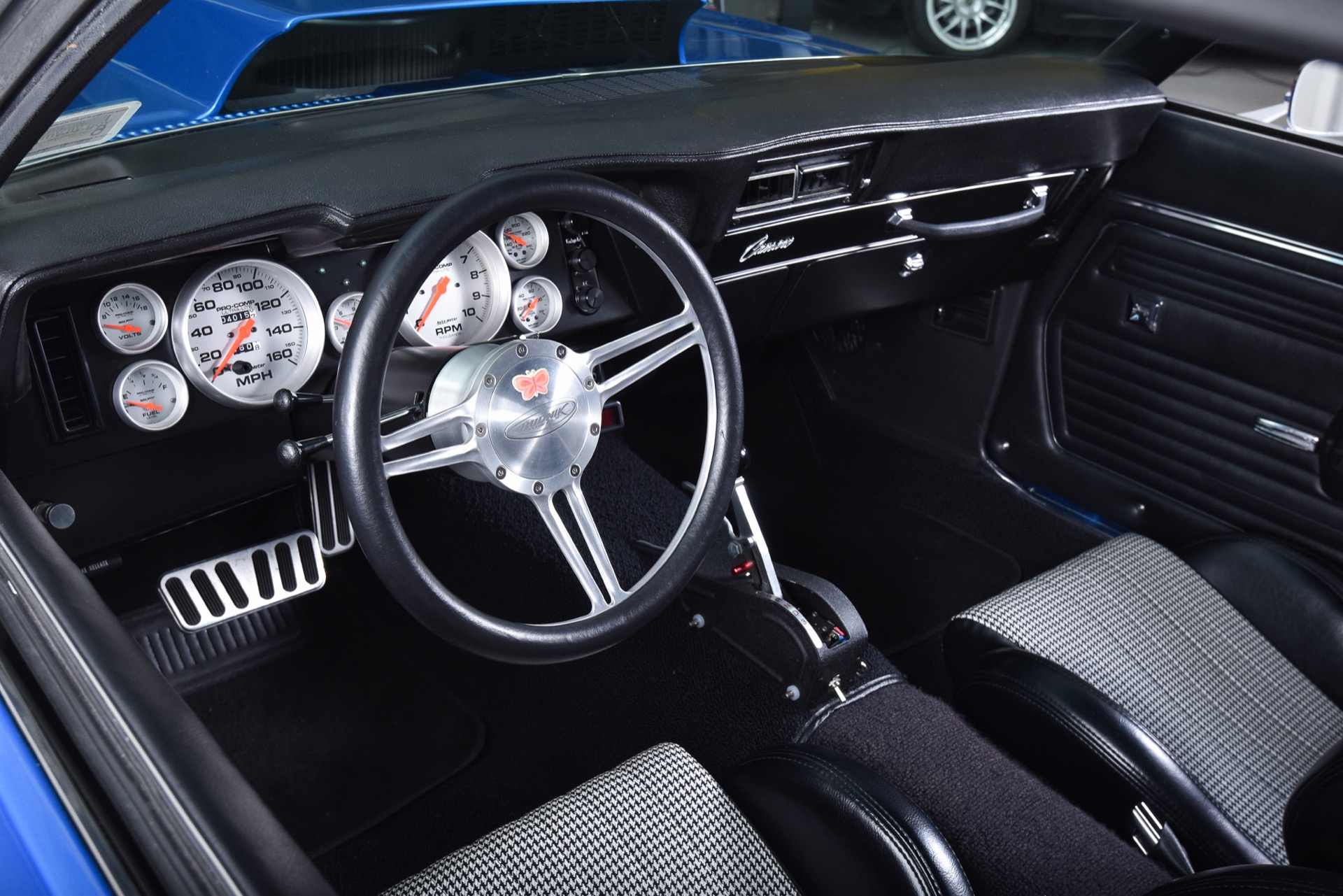
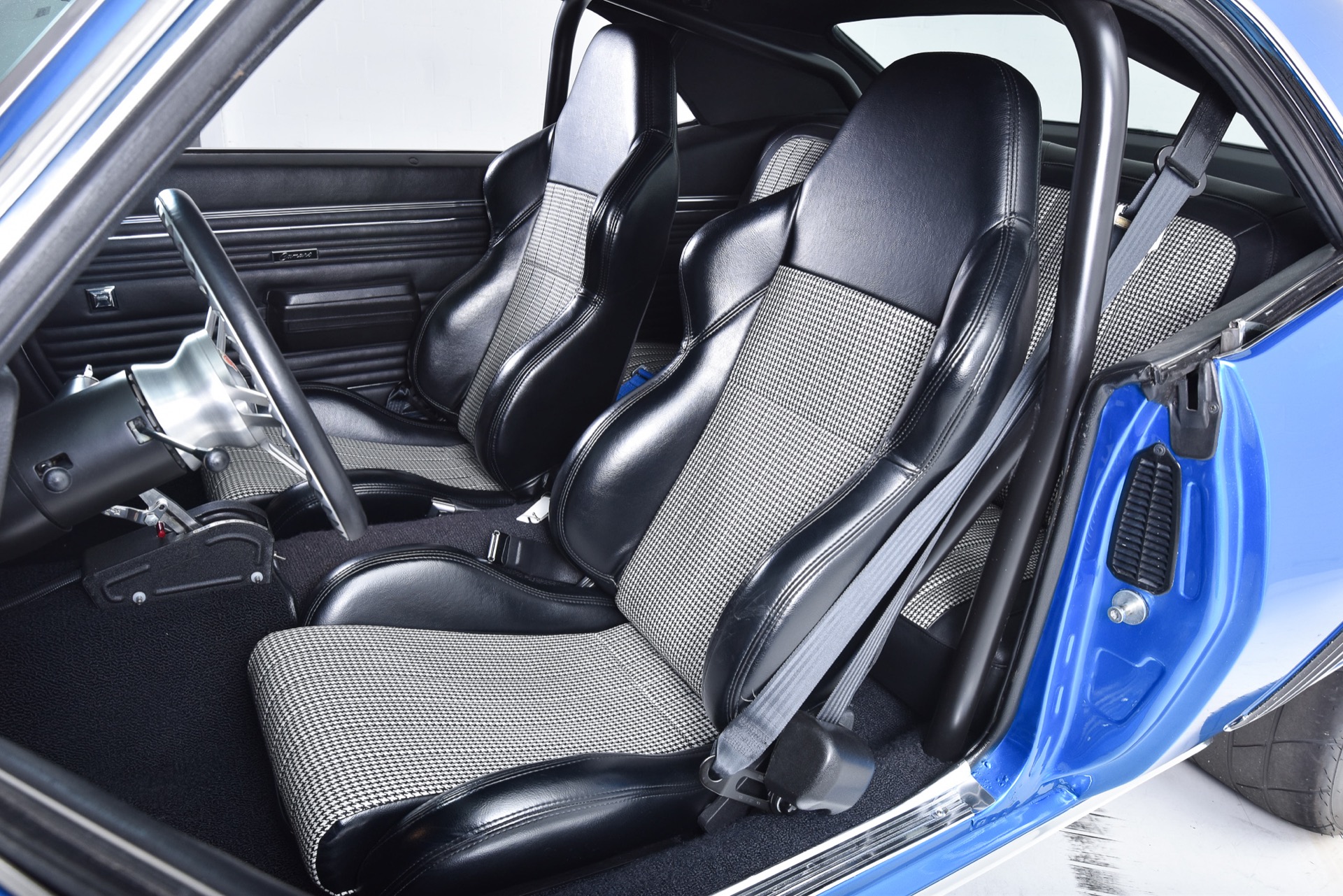
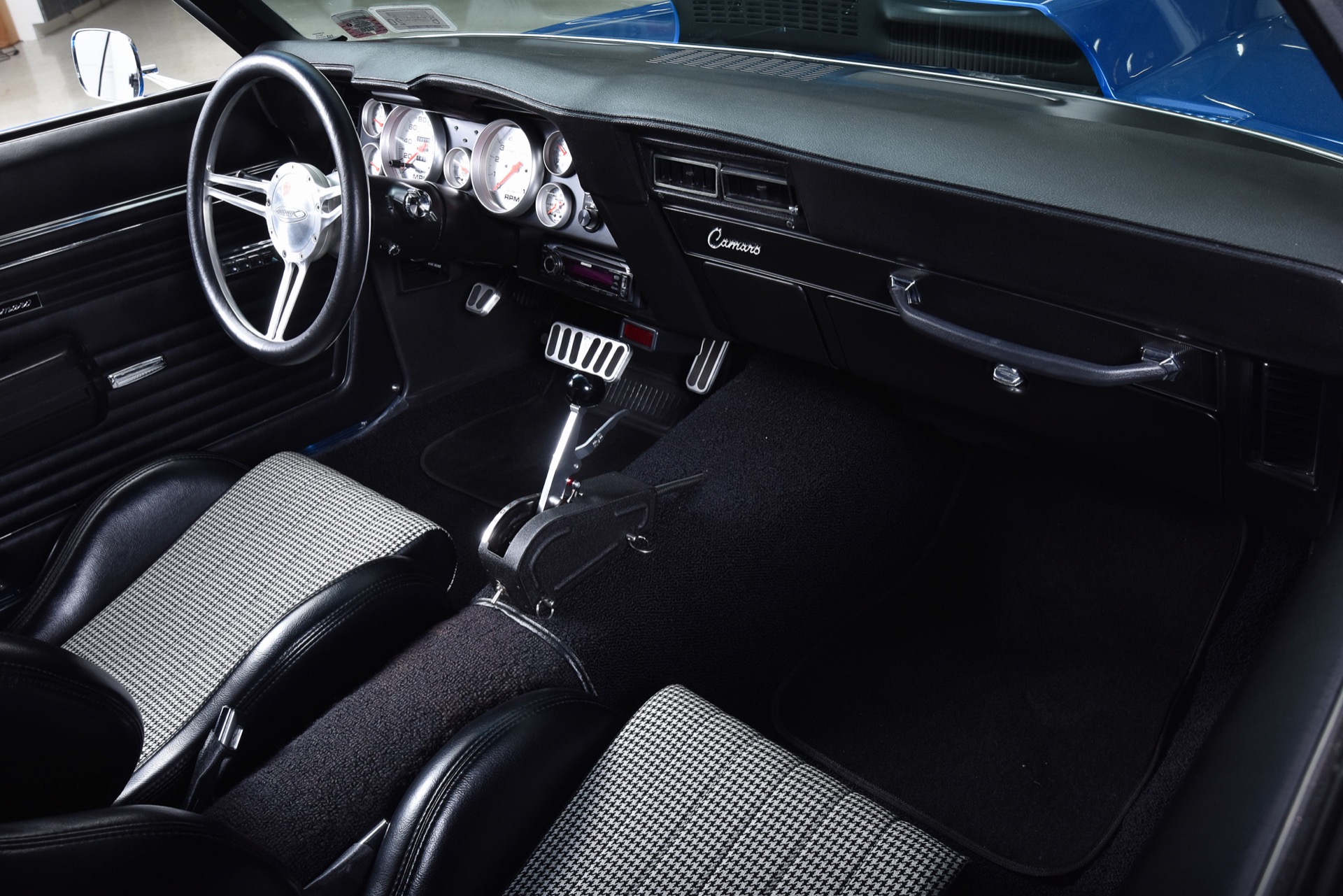
1969 Camaro Fun Facts
- The 1969 Camaro SS 396 cars featured hidden headlights. Base models still had exposed headlights.
- Assembly plants were in Norwood, Ohio and Van Nuys, California.
- 1969 was the only year the Camaro offered an optional folding rear seat access to the trunk.
- The rear axle came with a limited-slip differential and 4.10:1 gear ratio for maximum acceleration.
- The 1969 Camaro continues to have cameo appearances in movies like the Transformers series.
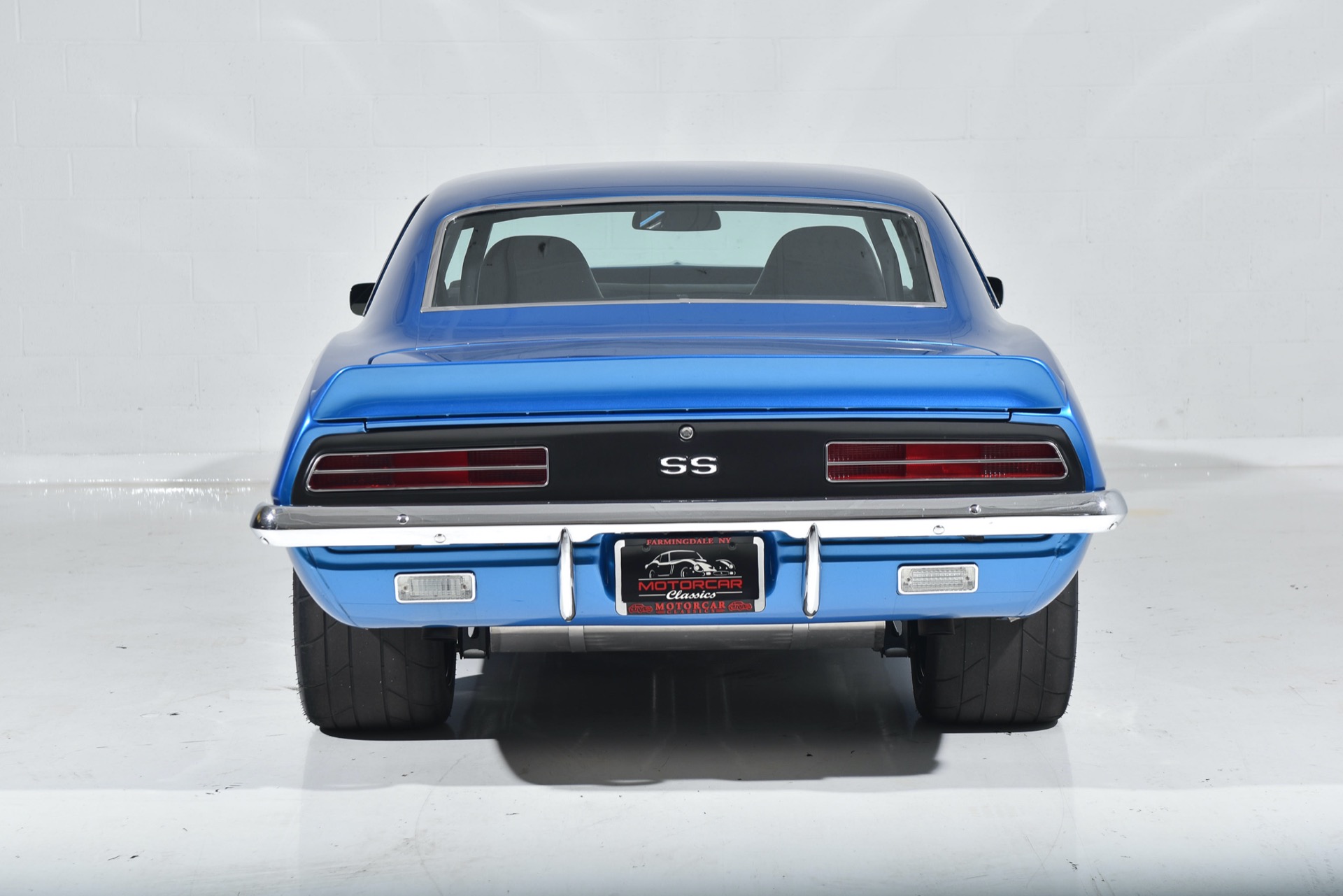
1969 Camaro Buying Advice
The 1969 Camaro is a smart collectible classic car purchase. As an iconic muscle car, it has lots of upside potential to gain value. When shopping for a 1969 Camaro, look for:
- Matching numbers drivetrain
- Solid body panels and frame with no rust
- Original interior in good condition
- Documentation of any restoration work done
- Properly functioning components and gauges
While finding an all-original numbers-matching car will be difficult, it is possible to find a great 1969 Camaro to enjoy. Even well-maintained driver quality examples are smart investments.
When you turn the key of a 1969 Camaro, you are connecting with an era when American muscle cars ruled the streets. The iconic 1969 Camaro represents automotive rebellion and freedom in one of the most celebrated performance cars of all time.
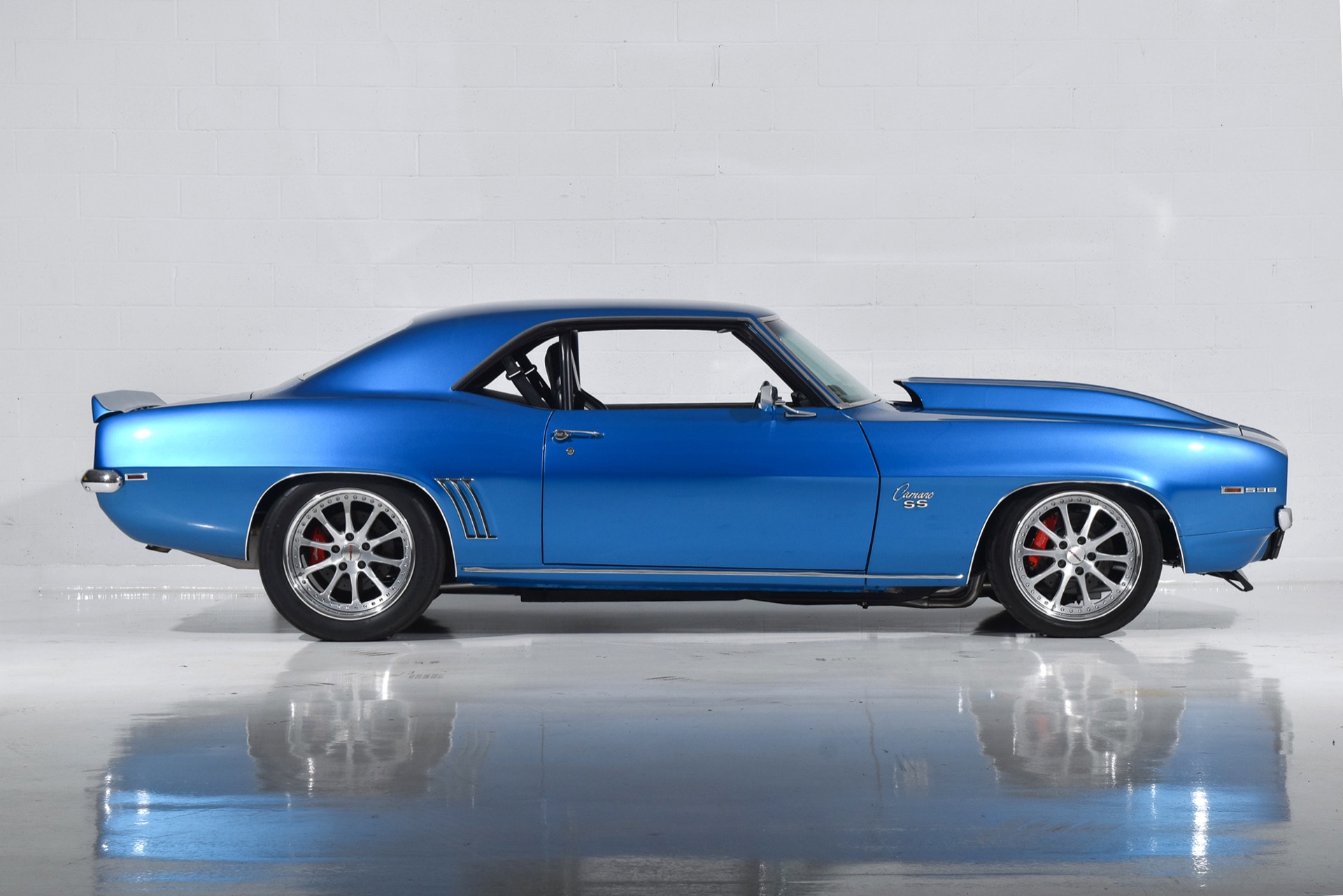
Frequently Asked Questions About the 1969 Chevrolet Camaro
What were the engine options for the 1969 Camaro?
The 1969 Camaro was available with several V8 engine options including a 295HP 327 cubic inch, 350HP 350 cubic inch, 375HP 396 cubic inch, and with the top option being a 435HP 427 cubic inch engine. The most powerful COPO 9561 Camaro package featured an all-aluminum 427 cubic inch (7.0L) V8 rated at 430HP.
How much did a 1969 Camaro cost new?
The base manufacturer’s suggested retail price (MSRP) for a 1969 Camaro started at around $2,726. The Camaro SS 396 version had an MSRP starting at $3,165. Adding options and a bigger engine could quickly raise the price over $4,000.
What transmission choices were available in 1969?
A wide variety of manual and automatic transmissions were offered. Manual options ranged from a 3-speed to a 4-speed Muncie M21 or M22. Automatic options were 2-speed Powerglide or 3-speed Turbo Hydra-Matic.
How is a 1969 Camaro Z/28 different from a regular 1969 Camaro?
The Camaro Z/28 was a specialized high-performance model meant for competition in the Trans Am racing series. Upgrades included a 302 cubic inch V8, stronger suspension, quick-ratio steering, and racing stripes. Only 602 Z/28s were made in 1969.
Why is the 1969 Camaro considered so iconic today?
With its classic muscular design, racing pedigree, and cultural significance, the 1969 Camaro exemplifies the thrilling era of American muscle cars. It remains instantly recognizable and desirable decades later as an automotive icon symbolic of that period in time.